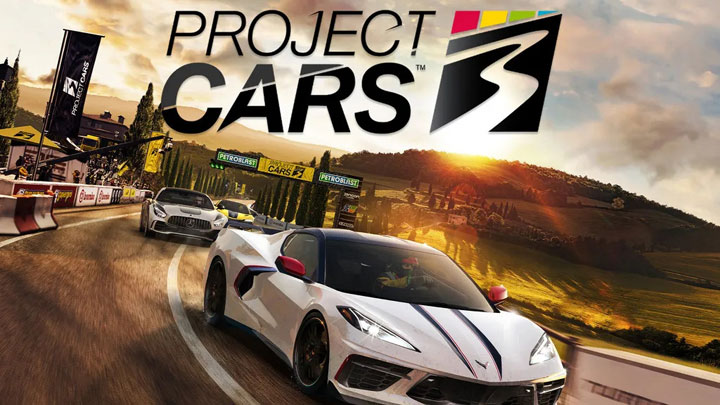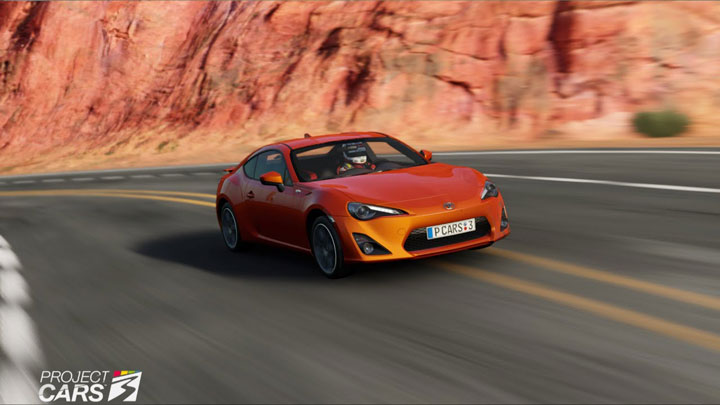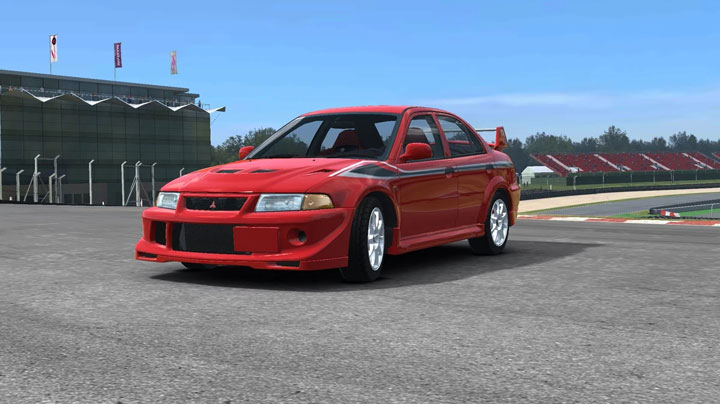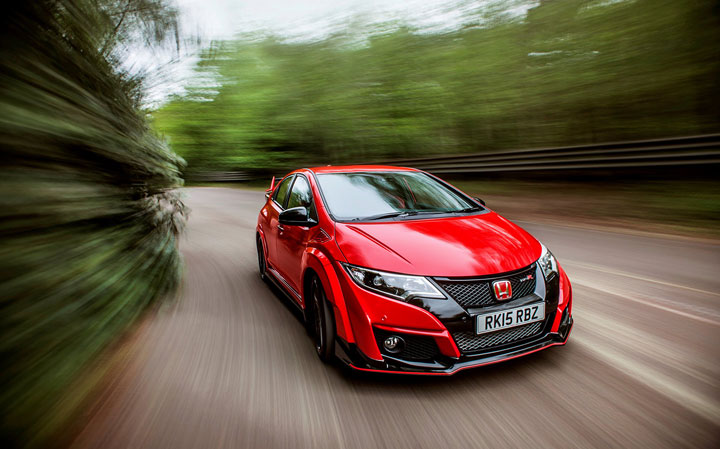


Project Cars 3 is an excellent introduction to the world of sim racing, particularly for those new to the genre. Unlike its predecessors, this installment is designed with accessibility in mind, helping players gradually adapt to various driving styles. The game offers an engaging experience, providing numerous options to customize and refine the player's racing journey. For those looking to get a head start, it's possible to buy Project Cars 3 account and dive right into the action.
One of the first major decisions players will face is selecting their starting car. This choice is crucial, as players will spend a considerable amount of time with their initial vehicle until they accumulate enough in-game currency to purchase another. Mastering the first car is essential for progressing efficiently in Project Cars 3. Below is a guide to help players determine the best starter car for their needs. (Note: Skipping the tutorial will result in not receiving the starting funds needed to purchase a vehicle.)
Available Starter Cars in Project Cars 3
After completing the Invitational event, players will receive 30,000 credits to invest in their first car. This will be their primary vehicle for the early stages of the game, making it an important selection. Until enough credits are earned to upgrade or replace it, this will be the only available car.
2013 Toyota GT-86

This rear-wheel drive vehicle offers outstanding stability, though some may find its handling a bit dull over time. It has the lowest acceleration and top speed among the three starter options but compensates with reliability and ease of control. This car is ideal for newcomers who want a forgiving driving experience with a minimal learning curve. It maintains its racing line exceptionally well but has a relatively shallow turning radius. While it may not be the most exciting choice, it provides a smooth and steady ride.
1999 Mitsubishi Lancer

The all-wheel drive Mitsubishi Lancer is a balanced option, striking a middle ground between speed, handling, and acceleration. It offers a solid turning radius and decent overall performance. However, players may notice a slight loss of traction during hard braking. Fortunately, its all-wheel drive system allows drivers to regain control quickly. While it requires some adaptation, this car can be fine-tuned with upgrades to improve handling and speed. Its versatility makes it an excellent choice for those looking for a flexible, well-rounded vehicle.
2016 Honda Civic Type R

This front-wheel drive car excels at maneuvering through turns, though its rear end has a tendency to slide out. It boasts the highest top speed and acceleration among the three options but struggles with braking on curves. As a result, players may find it difficult to consistently reach maximum speed while maintaining control. While it offers more excitement than the Toyota, its handling is not as adaptable as the Mitsubishi. Players using a racing wheel rather than a controller will need to be particularly careful with their steering inputs.
Selecting the Best Starter Car
The ideal starter car ultimately depends on personal preference and playstyle. If a player prefers a straightforward, easy-to-control vehicle, the Toyota GT-86 is a solid pick. It provides stability and minimizes the likelihood of crashes, making it a great choice for beginners. Additionally, its lower price allows players to save credits for early upgrades or a new vehicle.
For those interested in high-speed racing and drifting, the Honda Civic Type R is a suitable option. However, it requires some skill to handle effectively, particularly during slides. While it has the best acceleration and top speed, it may not perform as well on twisty circuits with frequent sharp turns. Players should also consider that purchasing this car will consume most of their starting funds, leaving little room for immediate upgrades.
The most adaptable option is the Mitsubishi Lancer. This car handles well in a variety of conditions, including off-road segments, making it perfect for players who frequently veer off track. While it has a learning curve, it remains a viable choice throughout much of the game with gradual upgrades. It is not the fastest in straight-line races, so improving its speed should be a priority early on. When braking hard, the vehicle has a tendency to slide, but these slides are relatively easy to recover from.
For players who prefer not to start from scratch, cheap Project Cars 3 accounts are also available for those seeking a shortcut to progress faster in the game.
Conclusion
Each of the three starter cars has its strengths and weaknesses, making the choice highly dependent on individual racing preferences. The Toyota GT-86 is a safe and simple option, the Honda Civic Type R is ideal for those focused on speed, and the Mitsubishi Lancer offers the most versatility. Choosing wisely will ensure a smoother and more enjoyable experience in Project Cars 3.













